Canine Distemper Virus
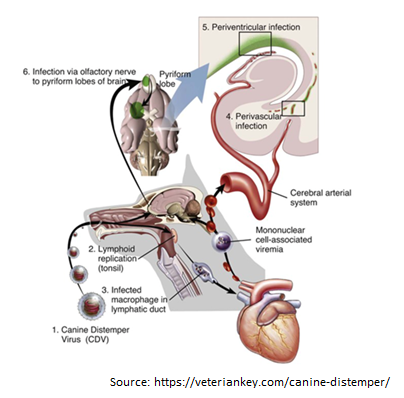
Canine Distemper Virus Tang Nguyen Mai Trinh Infection of canine distemper virus (CDV) is common in most terrestrial carnivores in the wild, especially in the Canidae family (eg, wolves, foxes, domestic dogs, etc.), as well as certain ferrets, otters, raccoons, cats, and even marine animals [1]. CDV is a member of the Paramyxoviridae family […]
Canine Babesiosis
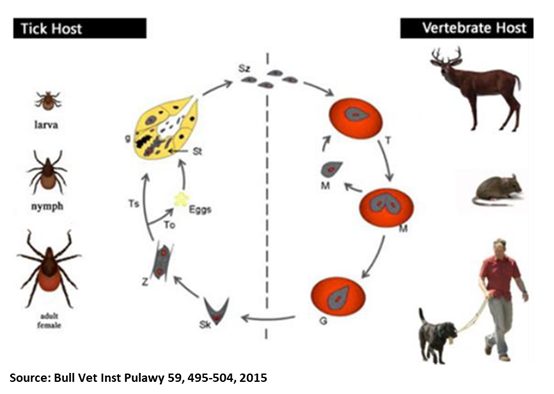
Oliver Organista, LA Canine babesiosis is a tick-borne, protozoal, haemoparasitic disease that can cause varying degrees of haemolytic anaemia, splenomegaly, thrombocytopenia and fever. It is very endemic to different parts of the world, and presents varying clinical, hematological, and pathological manifestation depending on the species and subspecies involved.1,2 There are two hosts for the transmission of Babesia spp., viz. invertebrate (tick) and vertebrate host. Dogs are one among the many targets of Babesia spp., causing canine babesiosis, […]
Thyroid Function in Animals

Sushant Sadotra Introduction: The thyroid is one of the endocrine glands in vertebrates. The thyroid gland has a bilobed structure located below the larynx and overlays the trachea in animals. In different animals, Anatomical variations of the thyroid are primarily seen in the isthmus connecting the gland’s two lobes. The size of the gland approximates […]
Breed- Related Diseases: Boxer
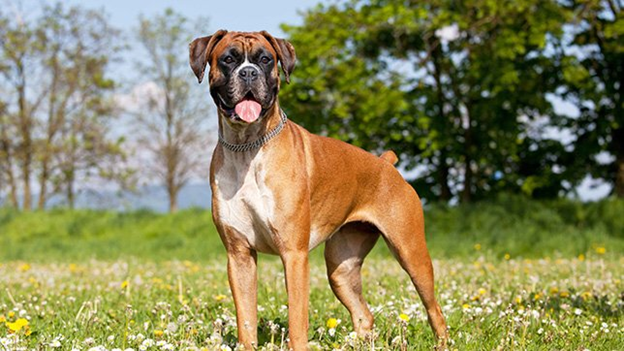
The Boxer breed was originally used to hunt large game and in fighting or baiting. However, the Boxers today are more refined and elegant than their ancestors, but they are still strong, smart, and fearless. This breed has smooth coat. With its medium size, it has square build and strong bone, with stretched muscles and […]
Hyperthyroidism is not a risk factor for subclinical bacteriuria in cats: A prospective cohort study
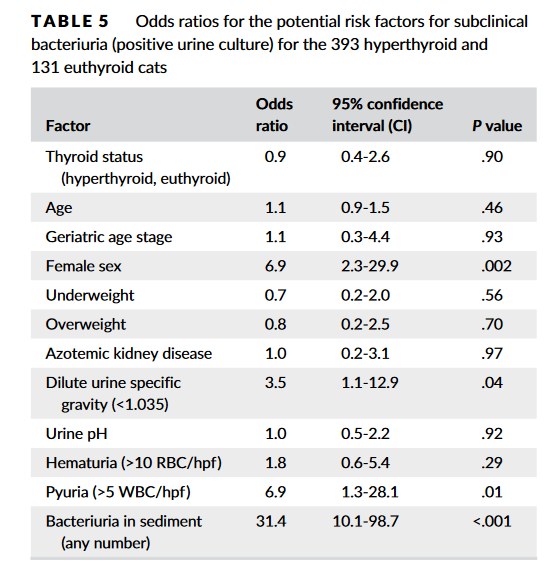
Source: https://doi.org/10.1111/jvim.15769 Subclinical bacteriuria is the presence of bacteria in urine with no clinical evidence of urinary tract infection (UTI). Some previous studies indicated that hyperthyroid cats are susceptible to UTIs (mostly subclinical) with prevalence rates of 12%-22%. As a result, many clinicians would recommend urine culture when evaluating hyperthyroid cats. To determine the true […]
Breed- Related Diseases: Alaskan Malamute
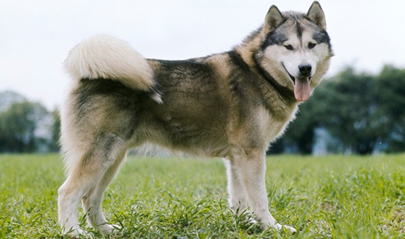
Standing at 23 to 25 inches at the shoulder, with weights of 75 to 85 pounds, Alaskan Malamutes are immensely strong, heavy-duty worker of spitz type. Originally bred to pull sleds in harsh terrain and brutal climates, these very solid dogs are however popular due to their looks and individual personalities. Often mistaken for Huskies, […]
Predicting Outcomes in Hyperthyroid Cats Treated with Radioiodine
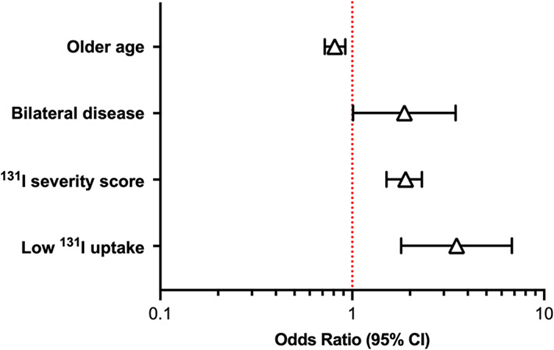
Source: J Vet Intern Med. 2022 Jan-Feb; 36(1): 49–58. doi: 10.1111/jvim.16319. Hyperthyroidism is a common disease in cats, and mostly afflicts cats middle-aged and older. It is caused by the overproduction of thyroid hormone by the thyroid glands. Radioiodine (131 I) is the treatment of choice to restore euthyroidism with a single dose of radiation […]
Breed Related Diseases: Pug
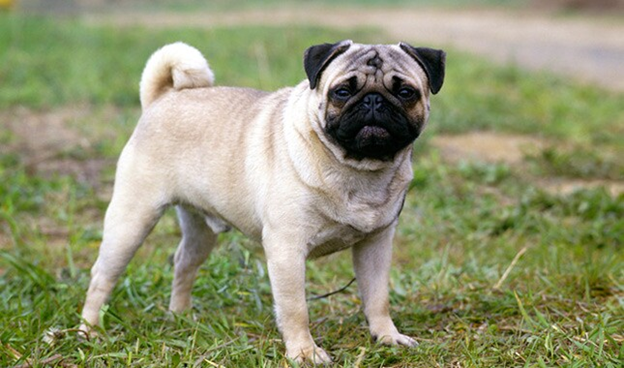
Originating from China, the Pugs were valued by emperors and used to live in luxurious accommodations. In various eras and places, the Pugs were called in different names: Lo-sze (China), Mopsi (Finland), Doguillo (Spain); to name a few. Coming from the Latin word “pugnus,” meaning “fist”, it has been suggested due to the resemblance of […]
A Dosing Algorithm for Individualized Radioiodine Treatment of Cats with Hyperthyroidism
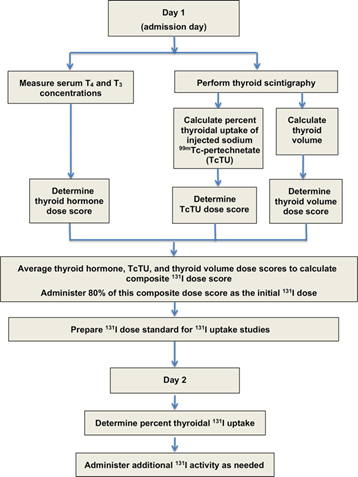
Source: J Vet Intern Med. 2021 Sep;35(5):2140-2151. doi: 10.1111/jvim.16228. Hyperthyroidism is a common disease in cats, and mostly afflicts cats middle-aged and older. It is caused by the overproduction of thyroid hormone by the thyroid glands. In affected cats, a wide variety of signs usually develop, but these are usually subtle at first, and […]
Lameness, Generalised Myopathy and Myalgia in an Adult Cat with Toxoplasmosis- Abstract Butts DR, Langley-Hobbs SJ.

Source: JFMS Open Rep. 2020 Mar 13;6(1):2055116920909668. doi: 10.1177/2055116920909668. A 2-year-old female neutered domestic shorthair cat presented with an 18-month history of intermittent lameness on all four limbs. The cat was markedly lame on all four limbs. Physical examination detected pain on palpation of the calcaneus bone and Achilles tendon bilaterally, and general resentment […]

